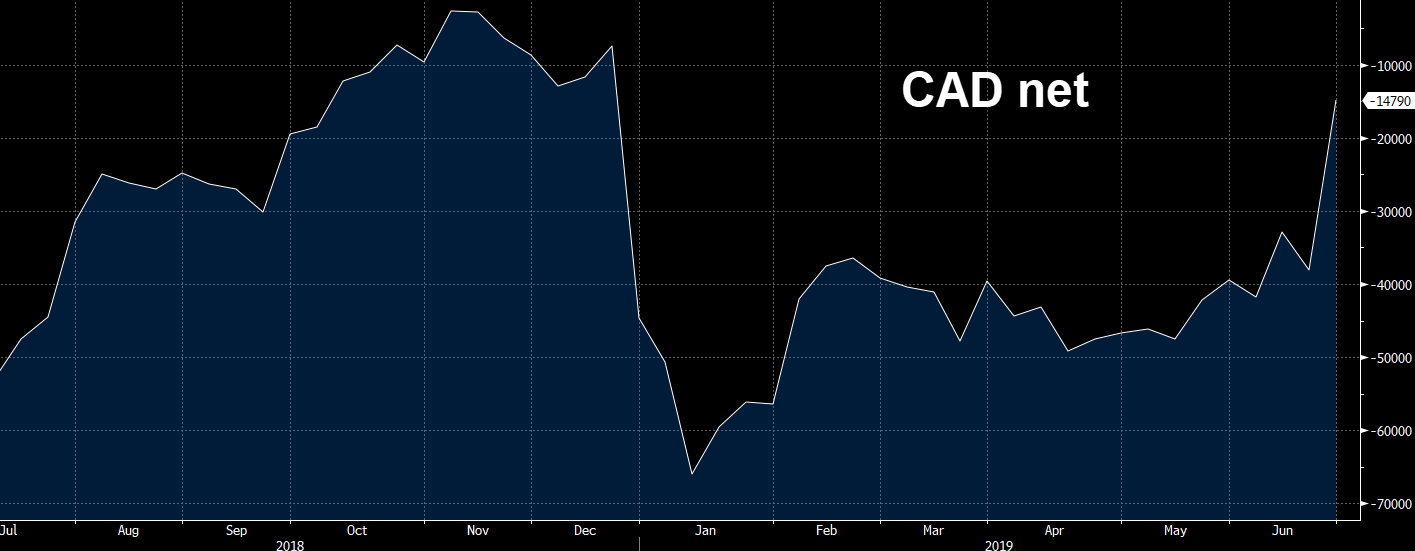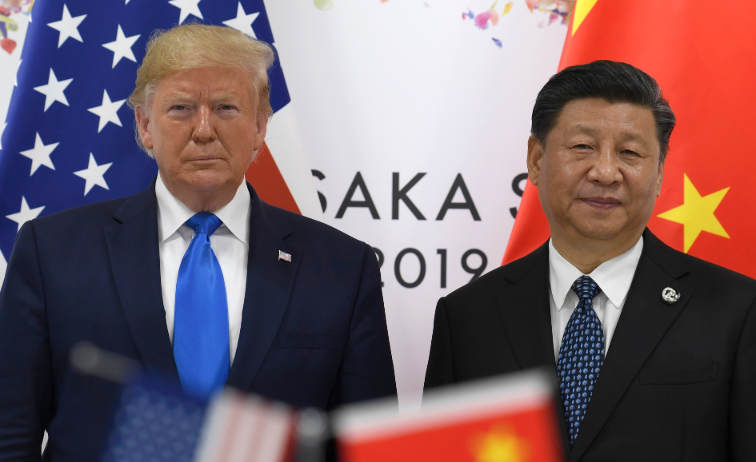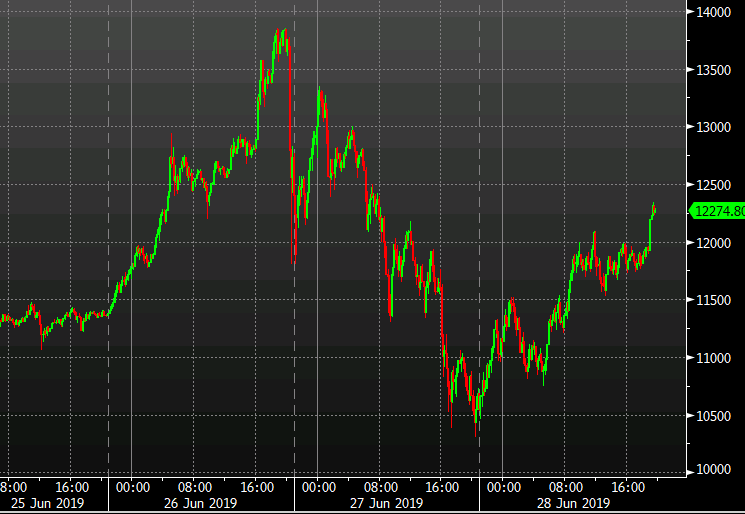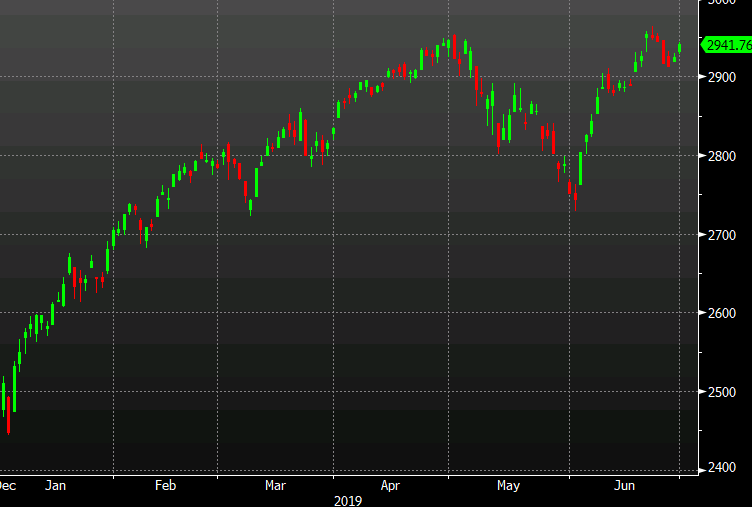There are only three types of traders, they are defined by how well they execute their trading plan (rules applied to strategy).
A trader that performs worst than their trading plan. These traders often have a weak understanding and belief in their trading plan. How they feel is more or as important as making money. They fail to see past the current trade.
A trader that performs the same as their trading plan. These traders have a strong understanding and belief in their trading plan. They get a majority of their satisfaction from making money. They can see past the current trading day.
Those that perform better than their trading plan. These traders have spent time in the previous two groups so they not only understand and believe their trading plan, they have 100’s or thousands of experiences that “prove” it to them. The only satisfaction is following their plan and knowing that the money will follow. They can see past the current trading year. They find areas and times to be aggressive and times to hold back.
The purpose of trading is to at least perform as well as your trading plan. Any trader will tell you that he has spent time in all three and is always susceptible to be in any of the categories. Each category is filled with important lessons, the lesson is often that I do not want to end up back there.
Those that under perform their trading plan are usually not honest with themselves about their level of belief in said trading plan.






